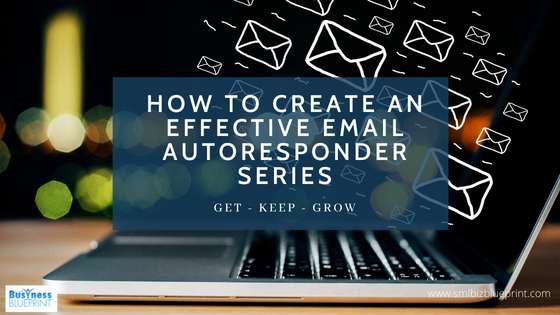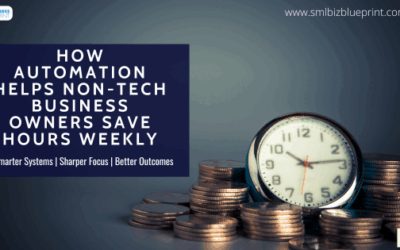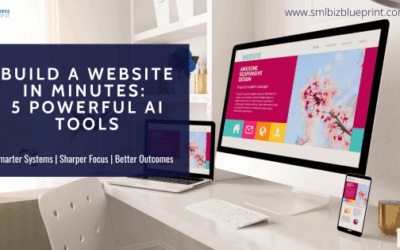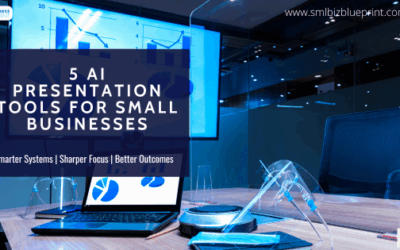If you are like most Business Owners you want to:
- get more done each day
- worry that you are not following up with leads and prospects and that opportunities are slipping through your fingers
- want to increase your sales but don’t want to be overly pushy
That is why autoresponders are an important part of your business
Because they help with
- automating the process of converting more leads into customers.
- can is one of the biggest revenue drivers for your business. It’s an easy and reliable way for you to build a relationship with your clients and move them along your sales funnel.
- you only need to set them up once, so they give busy business owners a way to save time while still earning money.

What is an Autoresponder Sequence?
An email autoresponder is a series of emails that you have written that are typically sent out to every new subscriber in a pre-determined sequence at pre-determined intervals.
It gives you a series of email content that gets delivered every time someone subscribes to your email list.
Automated emails go out in certain pre-determined sequences based on dates or different time periods
This sequence is delivered over a set time period with the goal to develop a relationship with your new leads or prospects.
An autoresponder series will in most cases be purely content-based or mostly content with introductory offers for service-based online professionals but it can be a straight-up warm-up and promotional content for companies selling software or physical products.
Autoresponders can sometimes be referred to as drip email campaigns or follow-up emails.
When you put together an autoresponder sequence, you decide:
The content of your emails.
When the emails will be sent? For example, daily, every other day, or weekly.
Who the emails will be sent to?
Autoresponder sequences aren’t a quick fix. You will need to spend some time thinking and planning in order to develop an effective sequence.
Once your sequence is set up, its goal should be to build a list of loyal subscribers who open every email. You put the work in once, and reap the rewards for years to come.
Benefits of an Autoresponder Series
Autoresponders are a necessity for busy Business Owners and anyone who wants to nurture their leads.
A well-timed autoresponder series ensures that your audience keeps you top of mind, even when you don’t have time to message them. You can build a great relationship with your audience and keep them hooked.
Here’s what an autoresponder series can do for your business:
Make your audience feel valued: An instant response powered by marketing automation gives them a sense of association and respect.
Nurture leads: A well-planned autoresponder series would qualify leads and move them further into your sales funnel
Improve your conversion rates: Companies that nurture leads generate 50% more sales-ready leads, thus boosting conversions.
Filter the right audience: Autoresponders using double opt-in techniques and inline surveys can help you filter your audience almost instantly, minimizing the chances of “knocking at the wrong door.”
Boost your overall email deliverability: Autoresponders allow you to strike up a conversation. Two-way conversations improve your email reputation score, tell email client algorithms that you’re important to the recipient, and thus, ensure you won’t end up in the spam folder.
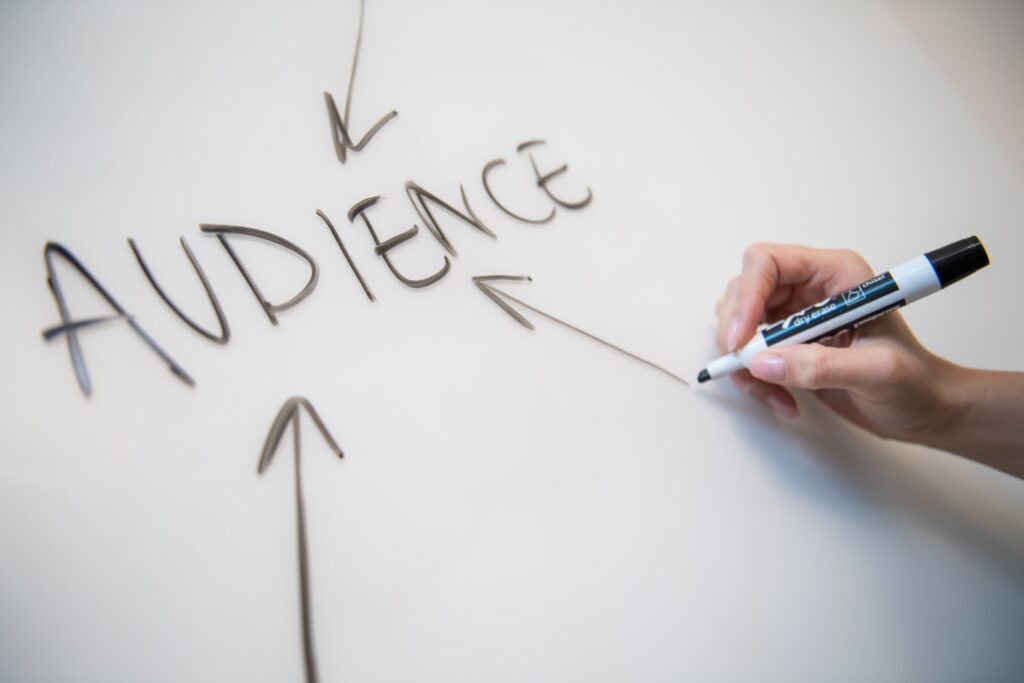
Creating a Consistent Experience For New Subscribers
Think about what your core message is and the various ways you are sharing this with your prospects or leads.
You have your home page, your about page, and your services page. You publish relevant content on your blog that you share on various social media platforms.
Now think about somebody who discovers you for the first time.
What is the best way to let them know everything you do in your business, what you stand for, and what your key message is? Is it your newsletter, or is it your website?
If you look at your newsletter, it takes a while for someone to truly get what you are all about because your next five mailings might not contain a sales message.
If it’s your website, people won’t sit down and open each and every page systemically. They neither have the time nor the inclination to do that.
The most efficient and cost-effective way to educate your new subscribers is to take them through a series of specially designed emails that take them from point A to point B in sequential order.
By taking them through this series, you want them to get to know what you have to offer, how you can help them and what makes you different from your competitors.
By putting the suitable autoresponder series together, you are making sure that your 105th subscriber will get the same experience your first one did if that’s what you want.
Every time you create an autoresponder series, it should take a subscriber on a journey. It should take them from being a lead to a prospect to a customer.
Identify Trigger Events
All autoresponders require a set event to occur before the emails can be triggered to send out.
What that specific event is will depend on what actions visitors can take on your site, through your email campaigns, or through a time-based option.
Here are a few of the most common types of autoresponders for religious groups:
- Welcome: When they sign up to be on your email list
- Time-Based: When the subscriber doesn’t engage with or respond to a previously sent email within the set time limit
- Interest-Based: When they express interest (ex. request more information via your site or email, visit a landing page, register, or fill out a physical form) in a topic, event, ministry, etc.
- Complete A Form: When they complete a form for a lead magnet or other offer
- Link Click: When they click a predetermined link
- Demographics: When you add them to a series based on their age, marital status, children’s ages, job or other identifiers
- Subscriber Status: When they receive emails based on if they are engaged or unengaged
Create segmented email lists for those events so you can add the contact to them after they complete the action—and begin the autoresponder series.
Once you know what triggers and segments you want to use for your autoresponder series, you can begin creating the emails and automated journey for each.
While the initial setup process does take time—especially with multiple series—it will mainly run on its own going forward after you finish.
Set the Schedule
You’ve decided on the initial trigger for your autoresponder series, so now you need to map out the rest of the emails to send.
Do you want subscribers to receive future emails in the series after a set amount of time, or should it be after they complete another action? The answer to those questions will depend on the type of autoresponder series you’re creating.
With a welcome email series, you might want to stick with a timed schedule—unless they engage and are added to another segmented list after the initial email.
Here’s an example of what your welcome email series could look like for your religious group:
Day 0: Immediately thank them for signing up for your newsletter/emails and let them know what they can expect now that they are on your list (types of emails they’ll receive, frequency, etc.)
Day 1: Meet the staff—be sure to include photos of them and maybe a message from the leader
Day 2: Classes, services or events offered
Day 3: How to get involved—or who to contact if they want more information
Each class has its own CTA to learn more about whatever interests them.
Make sure you have clear CTAs no matter the type of autoresponder because you always want to give subscribers a way to click through and engage.

Step 1: Know Why You’re Creating the Series
A well-written autoresponder sequence will improve your open rates, because you’ll develop a relationship with your subscribers, and because subscribers will develop the habit of opening your emails.
Both of those are worthy goals, and achieving them will help your business—especially if you’re using email as one of your main marketing tools. In addition to improving open rates, an autoresponder sequence is ideal for:
Following up with new contacts you meet at conferences or online. Rather than throwing new contacts in at the deep end with your monthly newsletter (or other regular emails), you can use an autoresponder sequence to introduce them to your business, products or services.
An alternative giveaway buzz piece. You can give away a buzz piece, such as an ebook, to encourage people to sign up for your email list. Your buzz piece could be an e-course that you deliver via autoresponder.
Segmenting subscribers. Using an advanced email service provider, you can segment your list based on links they click in your autoresponder sequence.
Once you know why you’re creating your email series, you’re ready for the next step.
Step 2: Decide The Type of Content You Will Share
Whatever your reasons for creating your autoresponder sequence, it’s important that all your emails provide value to your readers.
To cultivate the habit of opening emails among your subscribers, they must experience a reward every time they do so.
Here are some ideas for sequences that allow you to share value in every email you send:
An e-course with a new lesson every day. This is especially powerful if each new lesson builds on the previous lessons, and if you create anticipation for what’s to follow in future lessons.
A series of how-to guides. If you teach your reader something new, you’re providing value.
A series of promotions or special offers. Special offers aren’t great for relationship building, but if you told your readers to expect promotions when they signed up to your list, these can make an effective series.
A mix of helpful content and related promotions. For example, if you’re selling an information product, you could share extracts from the product in your emails, followed by a promotional discount for that product.
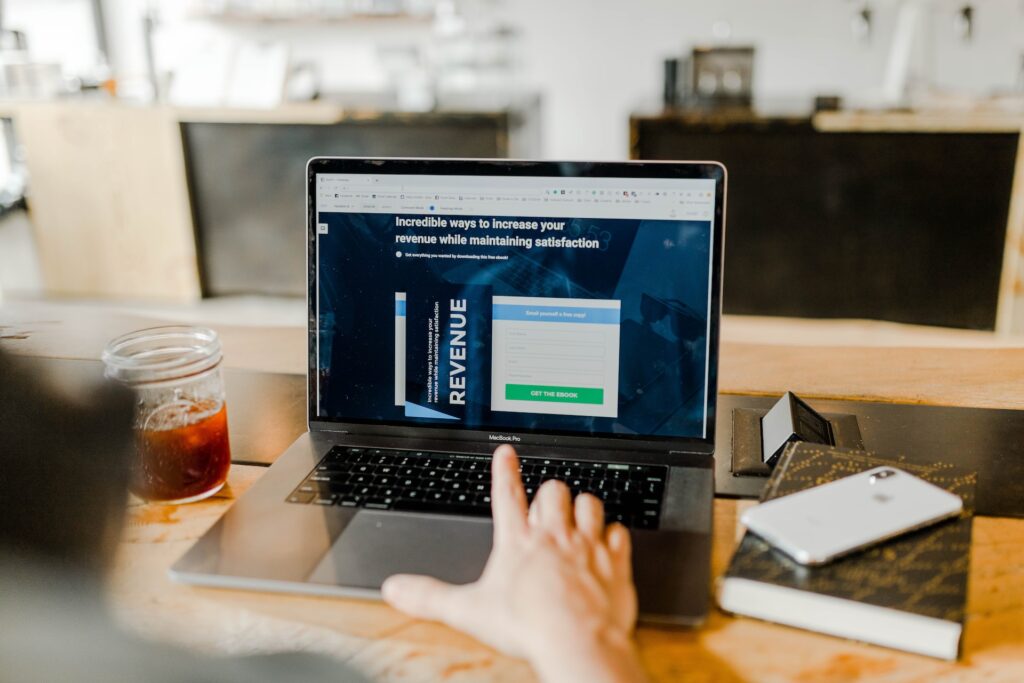
Step 3: Develop Your Content
You’ve decided on the type of content you’re going to create. Now you’re ready to create it.
Developing an autoresponder sequence is a big endeavour, so it is a good idea to start small.
A five-part sequence is ideal. You can always create more content at a later date to extend your sequence.
To save yourself work, you could repurpose content you’ve already created, such as blog posts or an ebook. Rearrange the content into a series, and you’re good to go.
As you’re developing content, remember that each piece of content is a reward to your subscribers for opening the email.
Good content marketing has three characteristics:
It makes life better. In other words, it’s useful to the readers.
It can be used right away. It’s relevant to your readers’ lives and doesn’t require any special skills or products to put into practice.
It’s highly readable and digestible. That means using short words, sentences and paragraphs, and having a sense of humour in your writing style.
Personalization
Add a name tag at the top of the message to greet your subscribers—and make them feel like this email is specifically for them. That’s especially important with the first message of the series.
You can also add a name tag to the subject line to catch their eyes. Properly segmenting the subscribers is another important component of ensuring they receive personalized information.
Step 4: Arrange Your Content
The last component of setting up your autoresponder series is to craft the content that you’ll send.
Your emails need to include information that your audience will find valuable for the series to be successful. The focus of the content will depend on why they are receiving the message, but here are some general best practices to boost your religious group’s email metrics.
There are two key decisions to make in arranging your content:
Where you’ll share the content.
How you’ll structure the content.
Let’s look at each of these in turn, starting with where to share your content.
Your first option is to share your content in the emails you write.
This is a good strategy if your aim is to build a relationship and boost your open rate.
It teaches readers to open your emails because they’ll find goodies inside. It also prevents people from accessing your content without signing up to your email list.
Alternatively, you can share your content on a blog or website, and include an enticing introduction to the content, and a link to the content, in your emails. This is a good option if your aim is to encourage readers to click the links in your emails.
If you want to keep the content hidden from the general public, then you can manage the accessibility of your content for search engines.
How should you structure your content? The structure is in large part dictated by the type of content you’re sharing. That said, whatever you’re sharing, you can incorporate storytelling techniques to keep readers engaged.
These include:
Foreshadowing.
Don’t write each email in isolation. Instead, create links between your emails.
If you know the Day Four email in your sequence will rock the world of your readers, let them know on Day One. Then they’ll keep coming back to find out what happens on Day Four. The more you can build anticipation in this way, the more engaged your readers will be.
Cliffhangers.
You must deliver value in every email.
But that doesn’t mean you have to give away everything at once. Instead, drip-feed information to your readers. The cut-offs you create between emails create cliffhangers, which will keep your readers engaged thanks to the Zeigarnik Effect.
Just telling stories. Including anecdotes in your emails will keep your readers engaged. Everyone loves a good story.
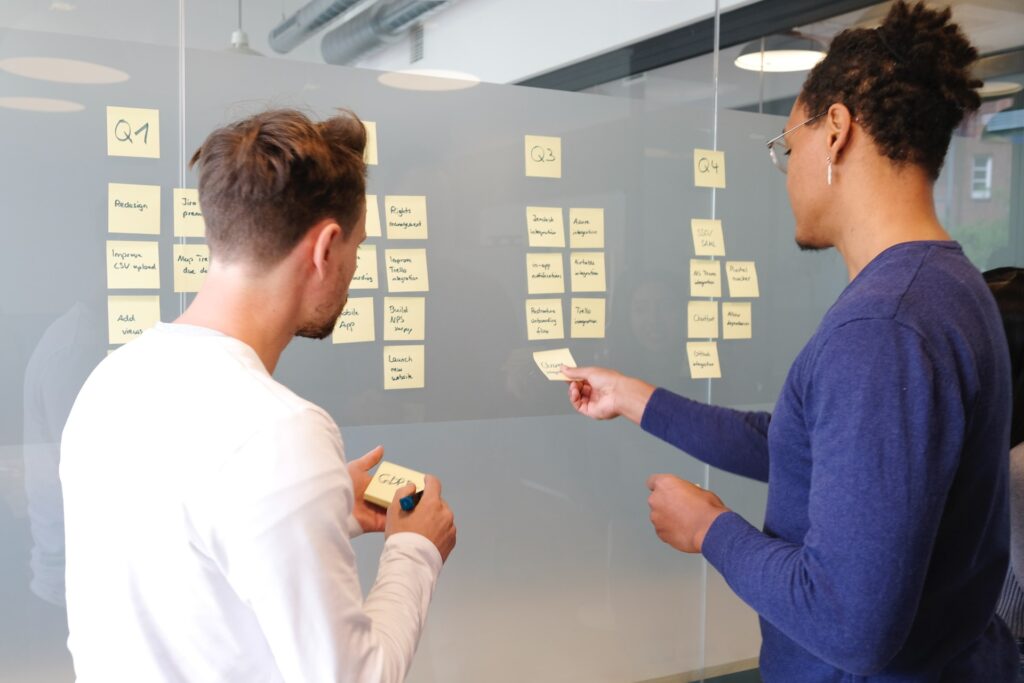
Step 5: Monitor and Tweak
Nothing becomes perfect with the first click and publish.
You should tweak and make some changes to optimize your autoresponder sequences over time. It’s crucial to test the changes and compare the results.
Optimization is vital for getting the most out of your autoresponder campaigns and nurturing your leads through your lead pipeline.
You’ve created your autoresponder sequence, and you’ve set it up with your email service provider.
It’s a good idea to track how your sequence performs.
Look out for blips in performance, as these are signs that you need to tweak things.
Does the open rate drop off after a particular point in the series?
Is the click-through rate unusually low in one of your emails?
Once you’ve pinpointed where things are going wrong, you can adjust your content as needed.
Writing an Autoresponder That Gets Results
to have an autoresponder series that delivers results for your business you need to think about these areas:
Focus on the reader. What does your subscriber need? What are the main problems that you can help solve? Approach it from their point of view with a purpose to be of service.
Consider the ‘from’ line. Use a genuine email address people can reply back to. People pay attention to where the email is coming from so stay consistent. You can use the company’s name or your personal name with the business email – both are fine.
Make it personal. Don’t think of a subscriber as a number, you are talking to real, live humans here. Talk to them as if you would talk to a friend. Personalize your emails and include a salutation. Write informally, and use contractions. Ditch the corporate lingo or industry buzz words and don’t sound like a spammer. You want to sound like you are writing an email and not a press release.
Highlight the benefits. Don’t talk about how great your products or services are, show it. What do they get after using your thing: more time, more money, less overwhelm or stress, better life or health? Tell them that.
Craft an attention-grabbing subject line. State a benefit or make them curious.
Proofread your emails. Keep your email short and use correct grammar, spelling, and punctuation. The quality of your marketing materials makes a statement about you being a true professional. Get help if you want.
Make your emails easy to read. Always preview or test your emails to make sure everything looks right. The images should be appealing, the links should be working and the paragraphs should be short and to the point. Use bulleted lists and lots of white space.
Call to action. Always add a call to action. What do you want them to do? Do you want them to click on a link, share a piece of content, or buy something? Say it and say it clearly.
Don’t spam. Don’t ever send emails if the person has not given you permission to do so and never share their information with anyone else. Don’t go crazy with affiliate offers or promotions, either.
Acknowledge responses. Lastly, the whole purpose of writing an autoresponder is to keep people engaged so that when they respond to an email, always respond back promptly.
Noted? Don’t get too comfortable. There are more email campaign best practices worth keeping in mind.
The aim of an effective autoresponder is to create trust in your business. Start with the autoresponder framework first. Think about your offers and then use your autoresponder as a way to create a story.
Help your subscribers understand their problem by telling them you discovered the solution, talking about the failures you faced on the way and how you are qualified to help.
That’s the job of your autoresponder.
Other Reading
How to Write a Heroically Effective Email Autoresponder Series – Copyblogger

